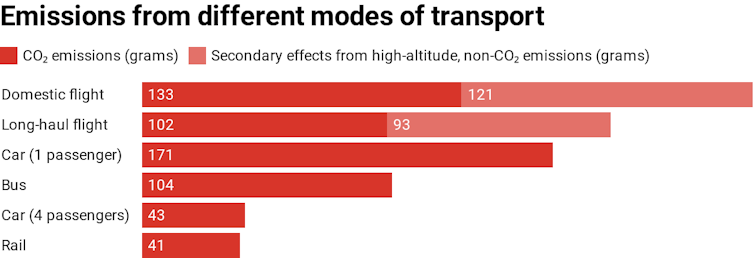Slow train coming: only a genuine shift to rail will put NZ on track to reduce emissions
- Written by The Conversation

Both the Labour government and the opposition National Party have now released major transport polices that put the emphasis on maintaining and expanding roads.
The cost and priority of various projects will clearly be an election issue. But at the heart of the debate lies an inconvenient truth about climate change: encouraging road transport while needing to reduce carbon emissions simply does not add up.
We can see this tension in transport agency Waka Kotahi’s own policy statements: road safety and better travel options on the one hand, addressing sustainability on the other. But transport is responsible for 17% of New Zealand’s total greenhouse gas emissions.
Furthermore, road vehicle use has been increasing, as has the popularity of larger cars and SUVs that create more emissions per kilometre. Road congestion has become worse, with the popular response being to expand road capacity.
Hence the present government’s recently announced plans for a second harbour crossing in Auckland involving two road tunnels. And the main thrust of National’s Transport for the Future policy is on more urban and intercity roads. Both Labour and National favour a second Mount Victoria tunnel in Wellington.
In the background sits the government’s Rail Plan, which sets out the “vision and priorities for rail over the next decade and beyond”. But given the clear need for New Zealand’s transport policies to change, the planned improvements need to be on a fast track.
Light rail right next door
Cars and planes are convenient, but both have low energy efficiency compared to rail.







